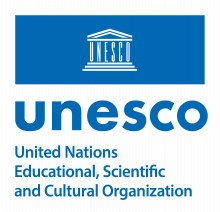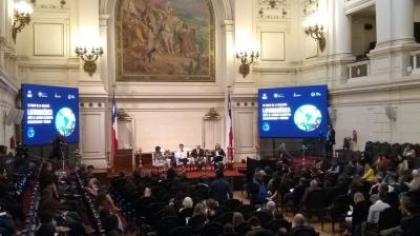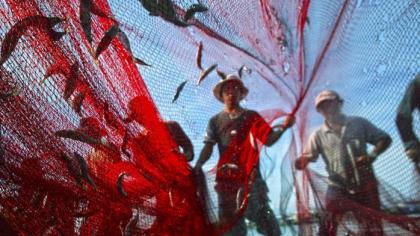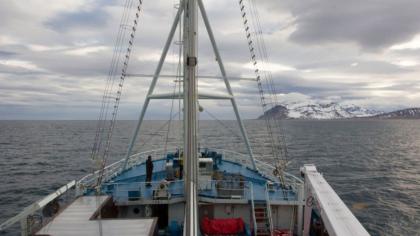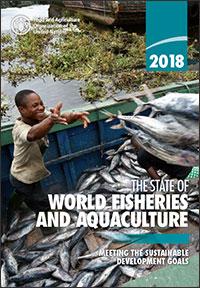
Goal 14: Conserve and sustainably use the oceans, seas and marine resources for sustainable development
Description
The world’s oceans —their temperature, chemistry, currents and life— drive global systems that make the Earth habitable for humankind. Rainwater, drinking water, weather, climate, coastlines, a significant proportion of foodstuffs, and even the oxygen in the air, are all ultimately provided and regulated by the sea. Throughout history, oceans and seas have been vital conduits for trade and transportation. Sustainable management of this essential global resource is a key feature of future well-being.
Agencies, Funds and Programmes
Regional indicators
Activities
-
Activity
-
News
Publications
Information Tools
-
Resource TypeInfographics
-
-
Resource TypeDatabase





